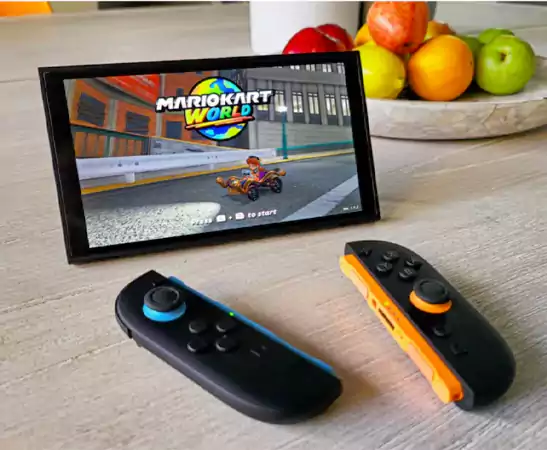
Though Nintendo Switch 2 players want their games to run as flawlessly as they may, screen technology can occasionally impede that experience. This is why many of the latest handheld gadgets and TVs include variable refresh rate (VRR) screens, which can be modified when the visuals fail to provide a consistent 60 or 120 frames per second.
Nintendo apologized on May 16th and removed mentions of docked VRR from its website. Regretting the ‘incorrect information,’ the business told Nintendo Life that Nintendo Switch 2 supports VRR only in portable mode.
Still, when the Steam Deck is connected to the dock of the official Nintendo Switch 2, it indicates that it does have VRR as part. Players want their games to operate as seamlessly as possible; nonetheless, screen technology can sometimes impede that experience. For this reason, many of the most recent TVs and handheld gadgets feature variable refresh rate (VRR) panels that can change when the images fail to keep a consistent 60 or 120 frames per second.
Actually, when linked to the Nintendo Switch 2 dock, several rival handheld devices can output 4K at 120Hz with HDR and VRR. Both effectively output to a Samsung S90C TV; the same was seen with the Lenovo Legion Go S running SteamOS and an Asus ROG Ally X using Bazzite. Initially posted on Reddit, user u/DynaMach and others claimed VRR functioned in this way.
While there is no specific reason provided by Nintendo for the limitation users face, it is possible that the limitation could be because of the system architecture, power consumption or maybe because of game compatibility considerations.
The confusing information from Nintendo’s side has led to a situation of confusion and frustration among the users regarding the dock-supported variable refresh rate (VRR) and the subsequent confirmation of the limitation that came after it. Even though Nintendo Switch 2 became the fastest selling console, some VRR players are still waiting for this fix.
